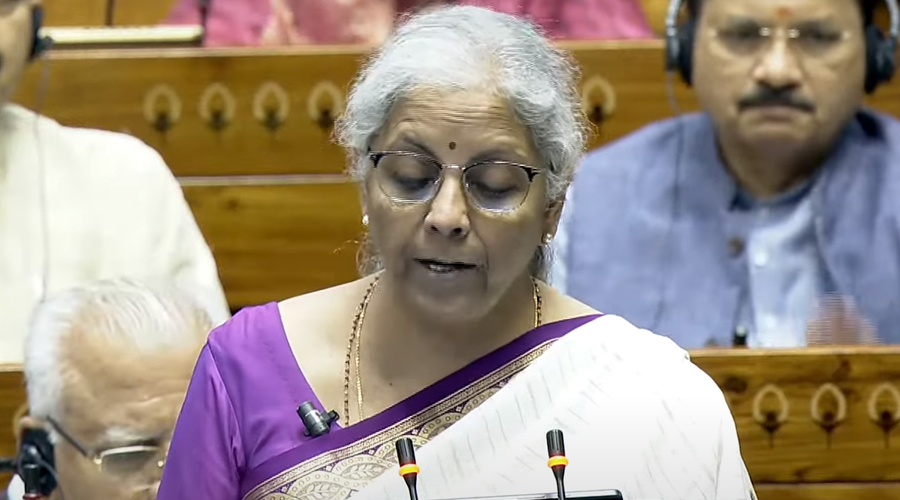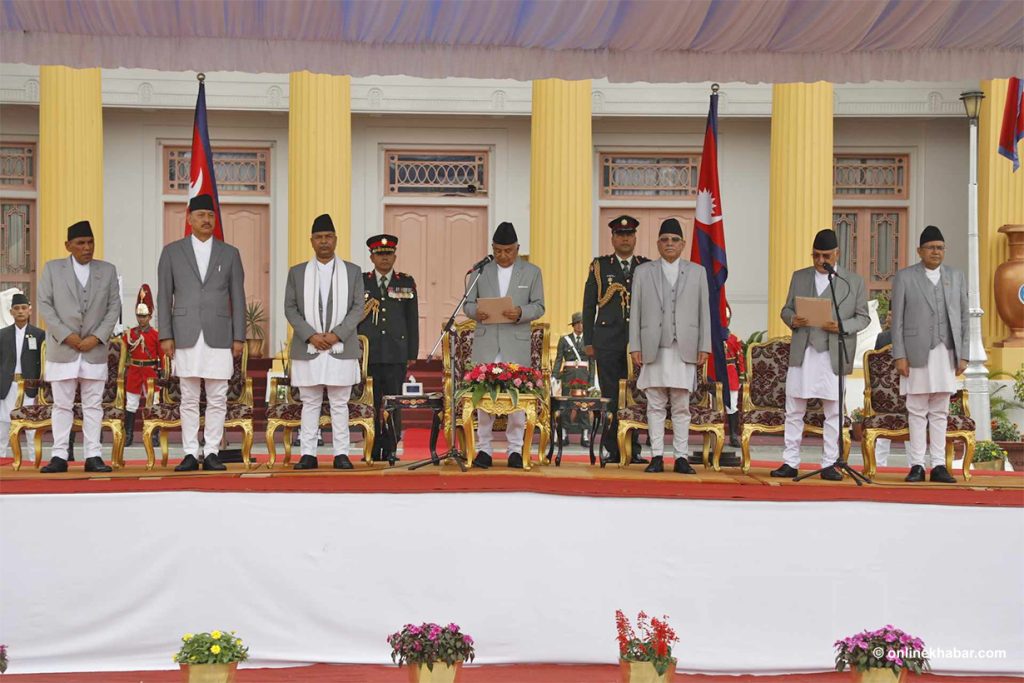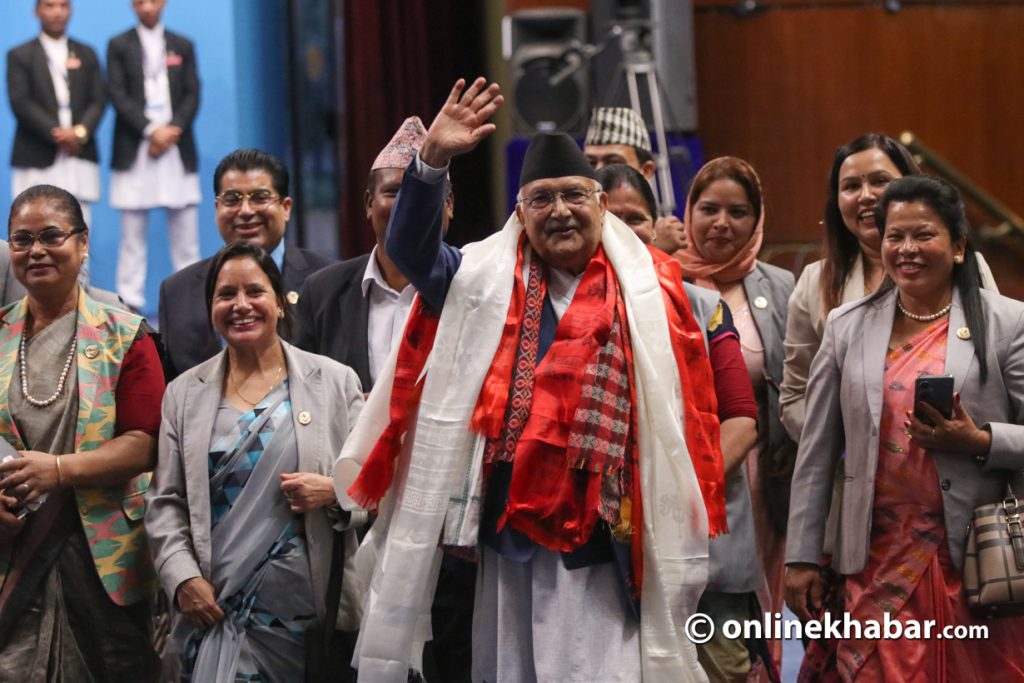
With the federal budget unveiling around the corner, it is crucial to assess the transparency and accountability of our budget-making processes. Budget formulation and public finance management systems have changed in recent times, especially after the implementation of federalism.
Participatory budgeting and public accountability are repeated themes in every budget announcement. Political parties boast of presenting citizen-centric budgets that promise to improve governance quality. While the Ministry of Finance has made some attempts to deliver on these aspects, critical gaps remain.
Nepal’s low budget transparency
In a survey conducted by the International Budget Partnership (IBP) in 2021, Nepal was ranked 77th out of 120 countries for budget transparency. During six rounds of IBP surveys conducted between 2010 and 2021, Nepal’s transparency score dropped from 45 to 39, consistently remaining below the adequate score level of 61. Untimely and non-disclosure of key reports, low comprehensiveness of budget documents, absence of citizens’ budget, and limited public participation in budget formulation are key institutional bottlenecks driving Nepal’s low budget transparency.
Political interference in budget-making further impedes transparency. Rent-seeking behaviour and political lobbying to alter tax rates in favour of interest groups are not uncommon in Nepal. Two years ago, the then-finance minister had to temporarily resign following allegations that he had employed two unauthorised persons to tweak tax rates a day before he presented the FY 2022-2023 budget. Similarly, last year, allegations emerged that information about tax increases on electric vehicles was leaked to car dealers who rushed to bring them in before the budget was presented. In both instances, the ministers were given a clean chit.
Besides the above, a major driver of Nepal’s poor budget transparency is low public accountability. Citizens possess limited knowledge of budgeting and public financial management (PFM) systems resulting in low budget literacy levels in the country.
Existing challenges and way forward

This trend is driven by the complexity of our PFM system and the scarcity of resources for people to learn about Nepal’s public expenditure landscape which encompasses multiple government actors. The Third Public Expenditure and Financial Accountability Assessment assigns Nepal a ‘C’ rating regarding access to fiscal information, highlighting large gaps in the availability of critical public finance data. Implementing federalism has further layered PFM processes, increasing the already wide public fiscal knowledge gap. And the government has done little to educate taxpayers about how public money is being spent.
The above discussion is not to say that a complex fiscal system is an unwanted system. Complexity can ensure accountability, improve public participation, and establish best practices for fiscal management. However, it should be complemented by enhancing public knowledge of how fiscal systems work in the country. Taxpayers should know how their taxed money is being spent and how effectively the government is utilising the funds to deliver welfare outcomes. As sub-national governments now bear significant expenditure responsibilities, public fiscal education has become particularly important. It can empower the masses to hold their electorates accountable and enable them to demand services that sub-national governments are constitutionally mandated to provide.
Research from the World Bank suggests that there is a systematic relationship between budget literacy and budget transparency. Budget literacy initiatives can effectively close the budget transparency feedback loop by enhancing the capacity of citizens to analyze their government’s fiscal data and contribute to the budgeting process. Research also confirms that participatory budgeting is strongly associated with a reduction in extreme poverty and an increase in access to basic services.
While many initiatives exist that can enhance budget literacy, there are a few practical ones that Nepal can implement. Two important interventions stand out: publishing a citizen’s budget that presents and summarises key budget information in a less technical easy-to-understand format (a practice many countries undertake); and introducing budget literacy components in school curricula to build an understanding of public finance management among students and youth.
The IBP has consistently recommended Nepal to start publishing citizens’ budgets which many developing countries have started doing. Other potential interventions include creating interactive online platforms that act as a single source of truth for public finance management information, conducting public training programs at the community level, and undertaking extensive consultations with civil society for budget formulation. These interventions can significantly improve Nepal’s fiscal dynamics.
Public accountability starts with education. We need to proactively learn about the country’s fiscal system and empower ourselves to constructively criticize the government in cases of failures and inefficiencies. Key government stakeholders – Ministry of Finance, Office of the Auditor General, Public Expenditure and Financial Accountability Secretariat, and others need to build the enabling frameworks.
Think tanks and development agencies can enhance their role in reporting on Nepal’s public finance management and help bridge the knowledge gap. Generating public interest in this critical but often overlooked field is important as we enter the new fiscal year, and all stakeholders must play their part to this end.
























